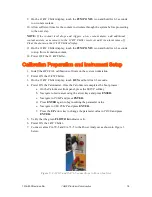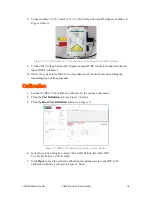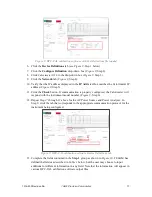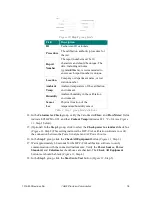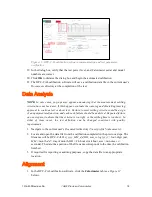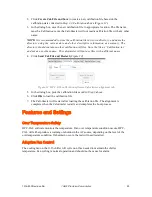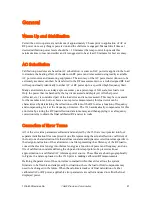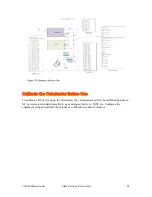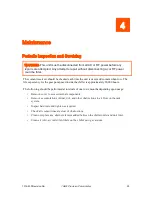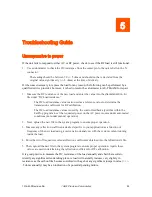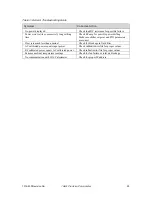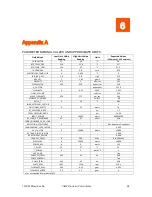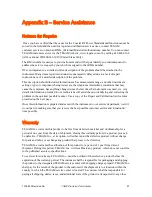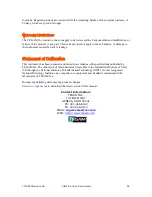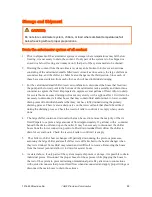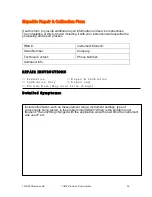
1316-900 Revision AA
10kW Precision Calorimeter
29
Storage and Shipment
CAUTION:
Do not store calorimeter system, chillers, or load where ambient temperatures fall
below freezing without proper preparations.
Drain the calorimeter system of all coolant
1.
Prior to shipment of the calorimeter system or storage where temperatures may fall below
freezing, it is necessary to drain the coolant. If only part of the system is to be shipped or
stored in a below freezing environment, only that part of the system needs to be drained.
2.
Draining the coolant from the calorimeter system can be broken into three main sections
consisting of the calorimeter/small chiller/reservoir tank as one section, the large chiller as a
second section, and the chiller to chiller heat exchanger as the third section. Since each of
these have some isolation from each other, each will need individual draining.
3.
For the calorimeter/small chiller/reservoir combination, disconnect the hoses that feed into
the pump at the lowest point in the bottom of the calorimeter rack assembly and drain into a
container to capture the fluid. Be prepared to capture several gallons of fluid. Allow to drain
for several hours as some draining will occur very slowly with a syphon affect. It will also be
necessary to disconnect all other hoses that may contain fluid and/or attach to lower coolant
drain points of individual chambers that may not have fully drained during the primary
draining process. There is also a drain valve on the reservoir tank that should be utilized
during the draining process. Check the reservoir tank to confirm it is empty when you are
done.
4.
The large chiller contains a drain outlet that can be used to remove the majority of the its
fluid. Prepare to capture a large amount of fluid (approximately 13 gallons) with a container
beneath the drain outlet and open the outlet. It may be necessary to disconnect the chiller
hoses from the lower connection point to further drain residual fluid. Allow the chiller to
drain for several hours. Check the reservoir tank to confirm it is empty.
5.
The chiller to chiller heat exchanger will partially drain during the previous processes,
assuming the large chiller and small chiller were still attached to the heat exchanger when
they were drained. Some fluid may remain and is difficult to remove. Removing the hoses
from the lowest point and allow it to drain for several hours.
6.
As stated above, if only parts of the system require shipment or storage, it is possible to drain
individual pieces. Disconnect the proper hoses for those pieces while plugging the hoses to
the rest of the system to prevent draining unintentional parts. Pay attention to connections
with quick disconnects that prevent fluid flow when disconnected and apply proper fittings or
disconnect the main hoses to drain those items.

